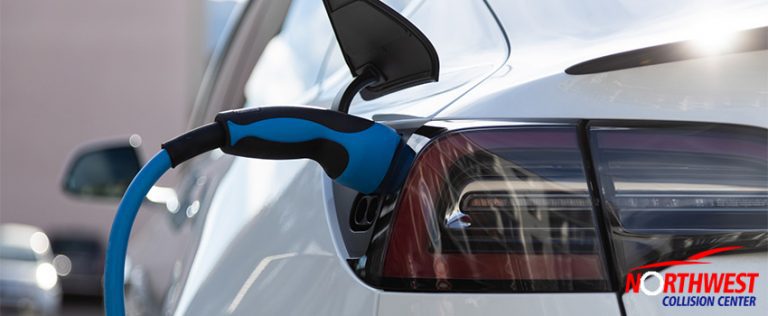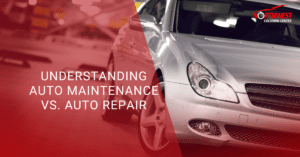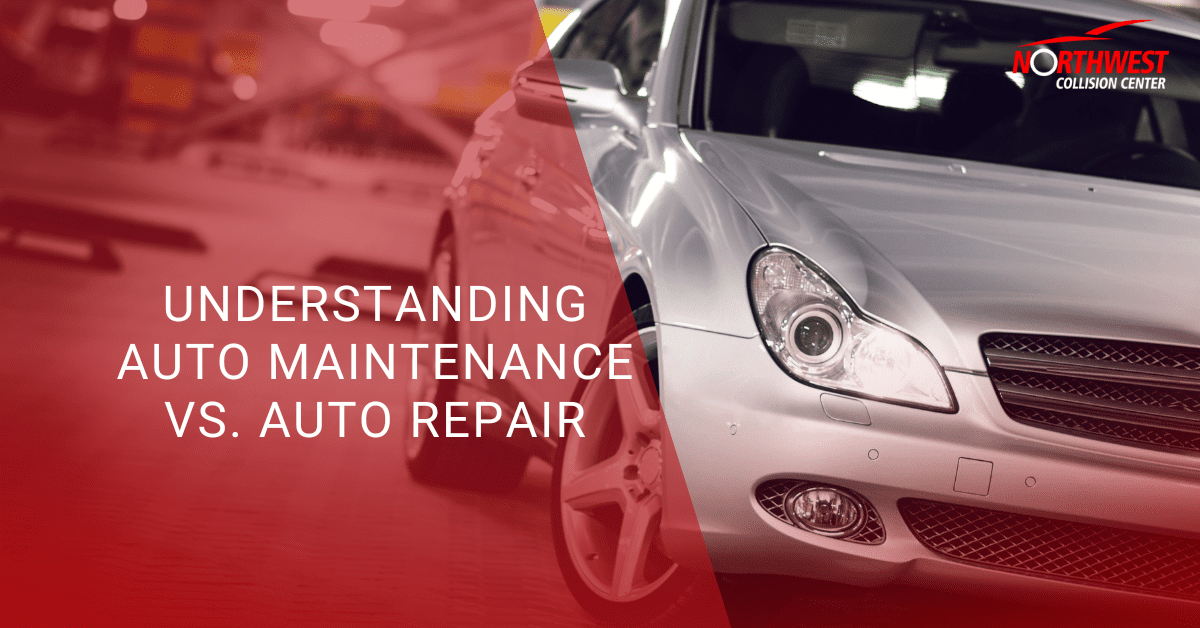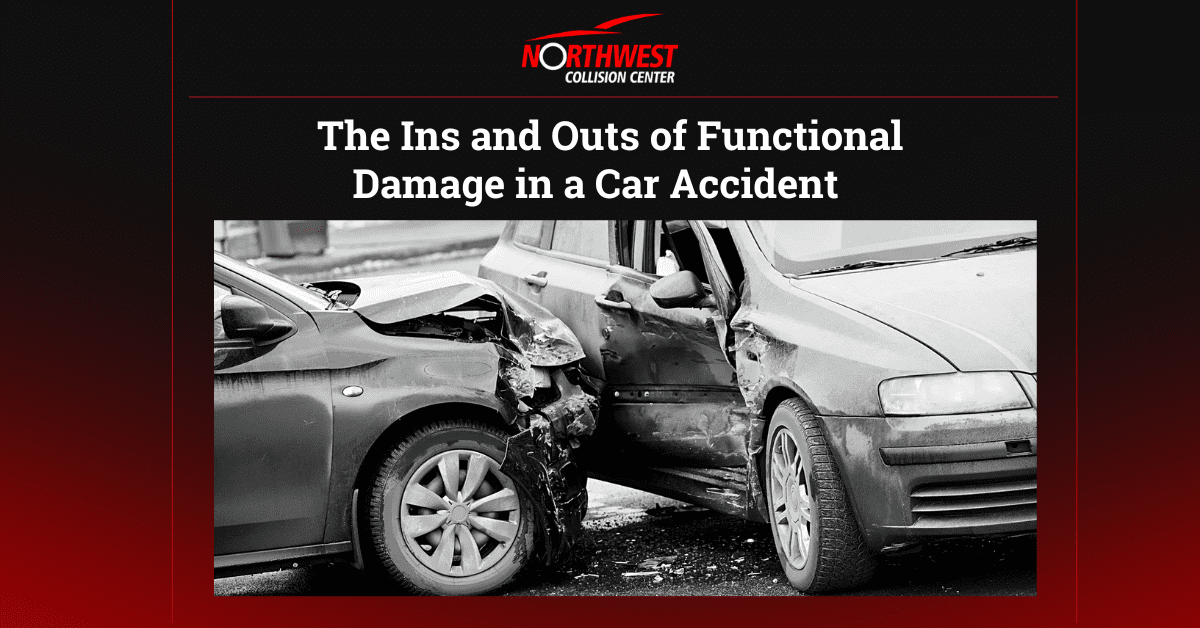Electric vehicles and conventional cars may be similar in function, but they are also dissimilar in many ways. One of their most popular differences is refueling and recharging. Gasoline-powered vehicles or conventional cars only have one place to get refueled: a gas station. Electrical vehicles, however, require a different process.
Everybody knows that when a conventional car runs out of gas, all that needs to be done is stop by the gas station to get the tank refilled to get it up and running.
With an EV, you can charge in the comfort of your own home or parking space.
What Are Charging Basics You Should Know?
The charging time of your EV depends on your EV home charger, battery size, and the available charging capacity of the car.
It also depends on the different charging levels:
- Level 1: This is the lowest charging level that uses a standard wall outlet of 120 volts. It usually takes 20 hours to charge your vehicle to full capacity.
- Level 2: This level is the most common in garages and most public EV charging stations. RV plugs (14-50) are level 2 chargers as well.
- Level 3: Level 3 chargers, also known as DCFC or DC Fast Charging, are found in most public stations. This charging level is the quickest way to charge your EV. However, keep in mind that not all electric vehicles can charge at level 3.
Most people who buy an electric vehicle consider installing an EV home charger. However, if you are not as keen on installing a charging station at home, you can head to public charging stations to re-power your EV. Most of them are free, although some may charge a small fee.
How To Charge an EV at Home?
When charging at home, your EV only needs level 1 charging. It’s the most convenient, cost-effective, and simple way to charge; just plug in your electric vehicle before going to bed, and have it up and running in the morning.
Consider having a charging port and an EV home charger installed in your garage or usual parking space since it is faster and has built-in safety features.
How To Charge an EV at Public Stations?
Your EV charger at home will take care of most of your charging needs, but it’s also practical to know how public EV charging stations work. They usually charge at level 2 or 3. Although most of them are free, some require a certain amount of money to operate.
You may also want to search for charging stations available at the location you are heading and their charging speed before dropping by. There are a lot of great locators and apps you can use when you need to find an EV public charging station.
Basic Public Charging Etiquette
Remember that you’re not the only EV owner who will use the public charger. Knowing charging etiquette will guarantee a smooth experience — for you and for other EV drivers.
1. The charging spaces are for charging only.
Once your car’s battery is full, move out of the way. Make space for other electric vehicles to access the charger.
2. Monitor your charging progress even when you’re away from your car.
There are mobile apps you can download to monitor the percentage of your EV. You’ll receive updates via text when it’s full.
3. Place the connector back on the holster after use.
When you finish charging, return the connector properly. Doing so protects the connector from damage. Leaving it lying around may put other people in danger.
4. Switch to a level 2 charger once you hit the 80% mark.
Most EVs decrease their charging rate on a fast charger once they reach 80%. Consider switching to a level 2 charger to give way for other EV owners.
5. Consider leaving a note.
If you are leaving your EV for a few hours, leave a note. Let other drivers know whether they can unplug your EV when it’s full, when the charge is at 80%, or if it’s okay with you to release the charger in emergencies.
6. Keep the noise down and the area clean.
If you decide to stay, be mindful of the noise. Keep the music down, and don’t litter. Throw your garbage in the right bin, or keep it on your person if there are no trash cans nearby.
Now that you know the basics of EV charging, you can plan your trips while keeping your EV’s charging time in mind. If you are looking for an auto body repair shop in St. Petersburg, FL, Northwest Collision Center provides auto repair, restoration, and detailing for electric vehicles. Call us now!










